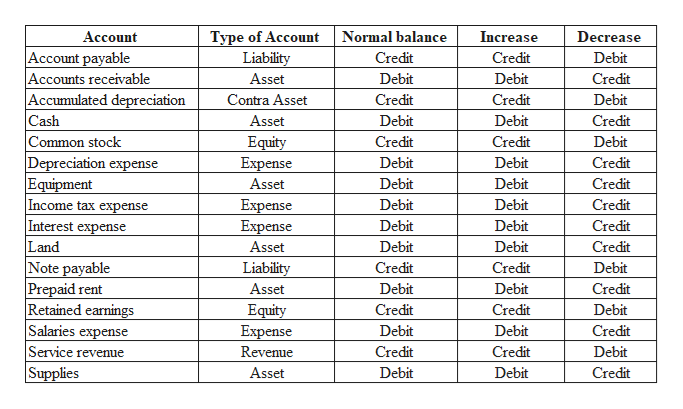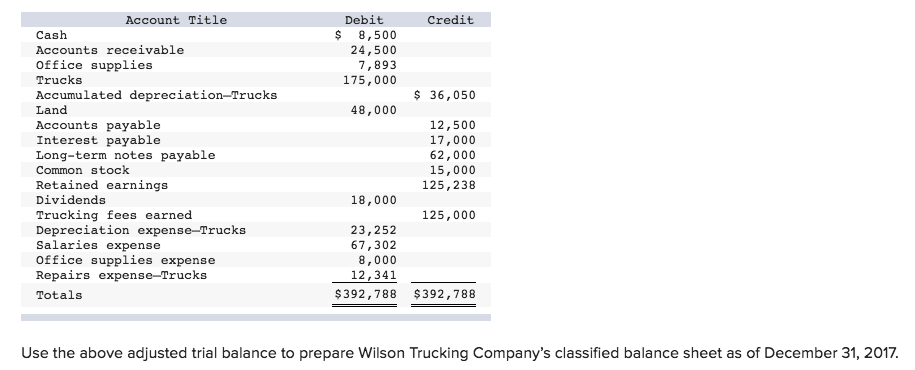

If the products are sold for £700 paid by BACS, it is a £700 debit to the Bank Account and £700 credit to the Sales Account.ĭebits and Credits in Accounting SoftwareĪccounting software is designed to help you get everything in the right place - using debits and credits.When the products are sold it is a £500 debit to the Cost of Sales Account and £500 credit to the Stock Account.That means there is a £500 debit and a £500 credit on the Supplier account which match and need to be allocated to each other.

When the products are paid for several days or weeks later, using online banking, that would be £500 debit to the supplier account and a £500 credit to the Bank Account.The purchase of some products for resale £500, purchased on credit, is a £500 debit to the Stock Account and £500 credit to the Supplier Account.When the bill is paid, this is a £50 debit to the BT Supplier Account to clear it, and a £50 credit to the Bank Account. Ě £50 BT telephone bill (to be paid later) is a £50 debit to the Telephone Account and a £50 credit to the BT Supplier Account.The purchase of a pen for £2 for cash is a £2 debit to the Stationery Account and £2 credit to the Cash Account.QuickBooks will do this for you if you are using it correctly. Accounting software does this for you.ĭuring the accounting process, each of the debits and credits end up in either the Balance Sheet or the Profit and Loss Account, and again, good accounting software eg. the debits and credits must balance in value for every transaction.

The value of the debits must equal the value of the credits - ie.

In Summary, every accounting transaction, for example a sales invoice, is a mixture of debits and credits, and at least one of each. Purchase or Expense).Ī credit is one part of an accounting transaction, and is usually either a Liability (something that you owe) or a Sale. However, you will see debits and credits when you input a Journal (aka 'General Journal').Ī debit is one part of an accounting transaction, and is usually either an Asset (a balance in your favour) or a Cost (eg. For most transactions you won't see the debits and credits - the software will do this for you in the background. Good accounting software like QuickBooks will ensure that you stay in balance. If you do not use accounting software, for example you may use a simple spreadsheet, your accountant will put your records into debits and credits to create your Balance Sheet and Profit and Loss Account. The total debits must equal the total credits.Īccounting Software deals with the debits and credits for you, so this section explains what is going on behind the scenes of accounting software. Think of it like weighing scales, with debits on the left, credits on the right and it must balance. the the total value of the debits must equal the total value of the credits. The value of the debits and credits must balance numerically, ie. These are the debits and credits, and there must be at least one debit and at least one credit in every transaction when it is recorded, for example a sale of your products. This method, when done properly, ensures that a Balance Sheet can be automatically generated.Īll accounting transactions have at least 2 parts (or sides) (or 'legs'). The benefit of this method of recording is that business records are always 'in balance', which is one principle of ensuring accuracy and control. The expression 'double entry bookkeeping' arises because there is at least one 'debit' and one 'credit' for every transaction.
#Accounts payable debit credit how to
Journals are often used to complete Year End Adjustments and you would have to know how to do the debits and credits, which is where the services of an accountant is advisable. There is one exception to this, and that is an accounting adjustment called a Journal. In this case it is likely that you will need to understand debits and credits, or we would be pleased to prepare your Year End Accounts for you.Īll accounting software uses these principles of Accounting and Bookkeeping - and does the debits and credits for you. If you trade as a Limited Company, it will be necessary to produce a Balance Sheet. If you keep good and accurate records, you will be able to produce a simple Profit and Loss Account, which might be all that you need for your Self Assessment tax return. You do not need to know or understand these principles in order to keep basic business records for a small business. Debits and Credits are the internationally accepted method and basis for recording business and financial transactions.


 0 kommentar(er)
0 kommentar(er)
